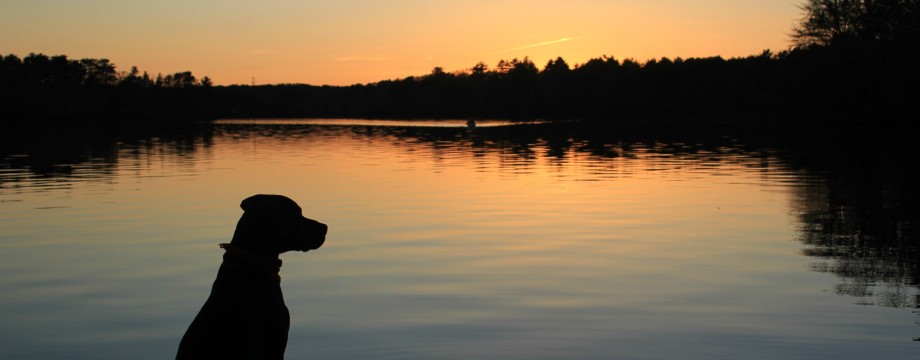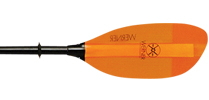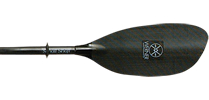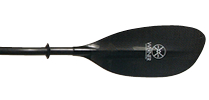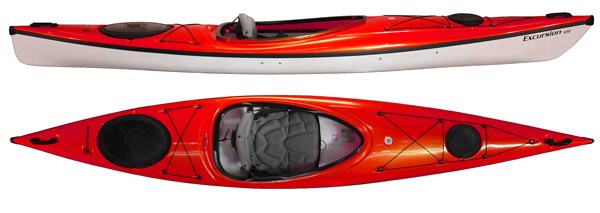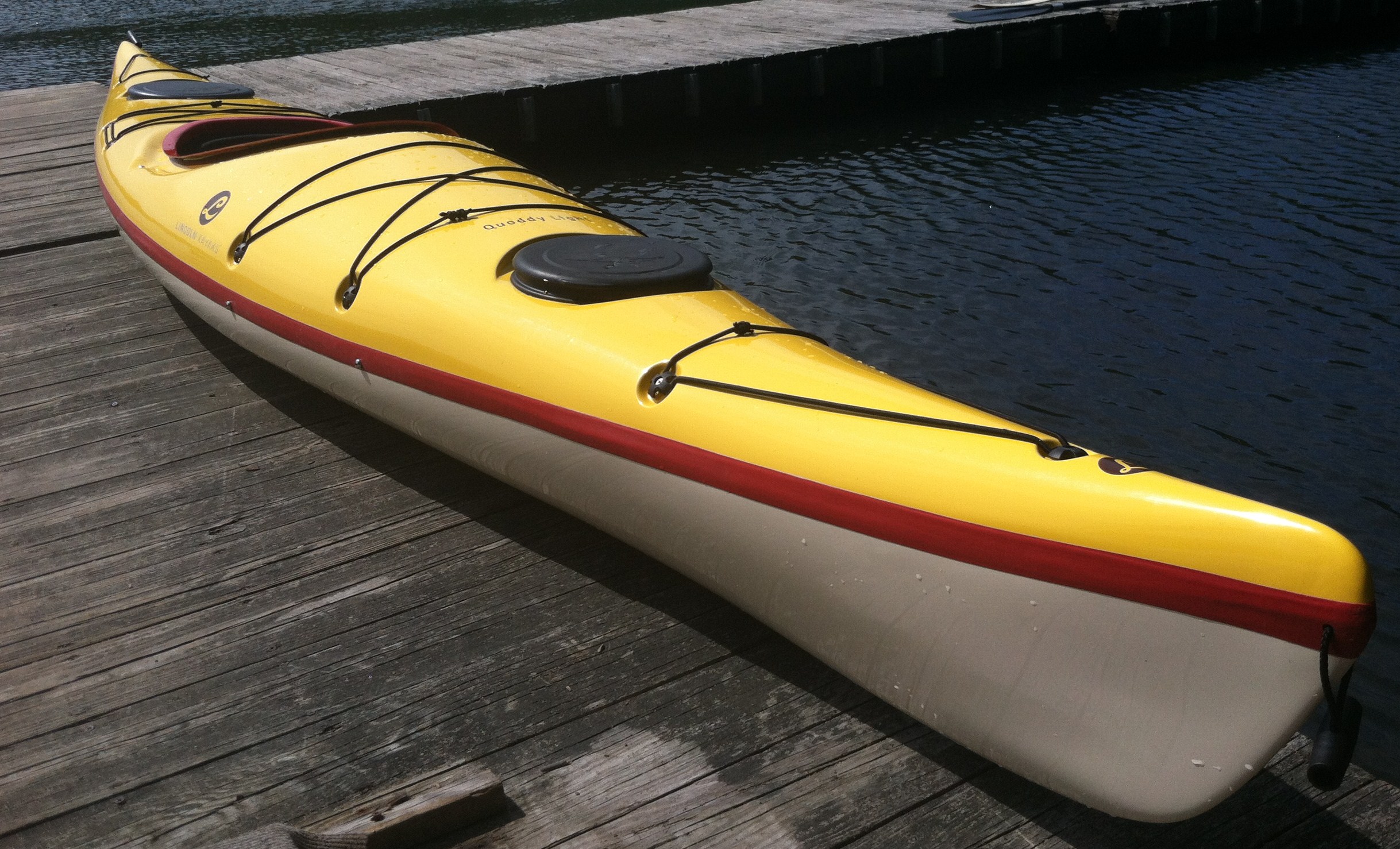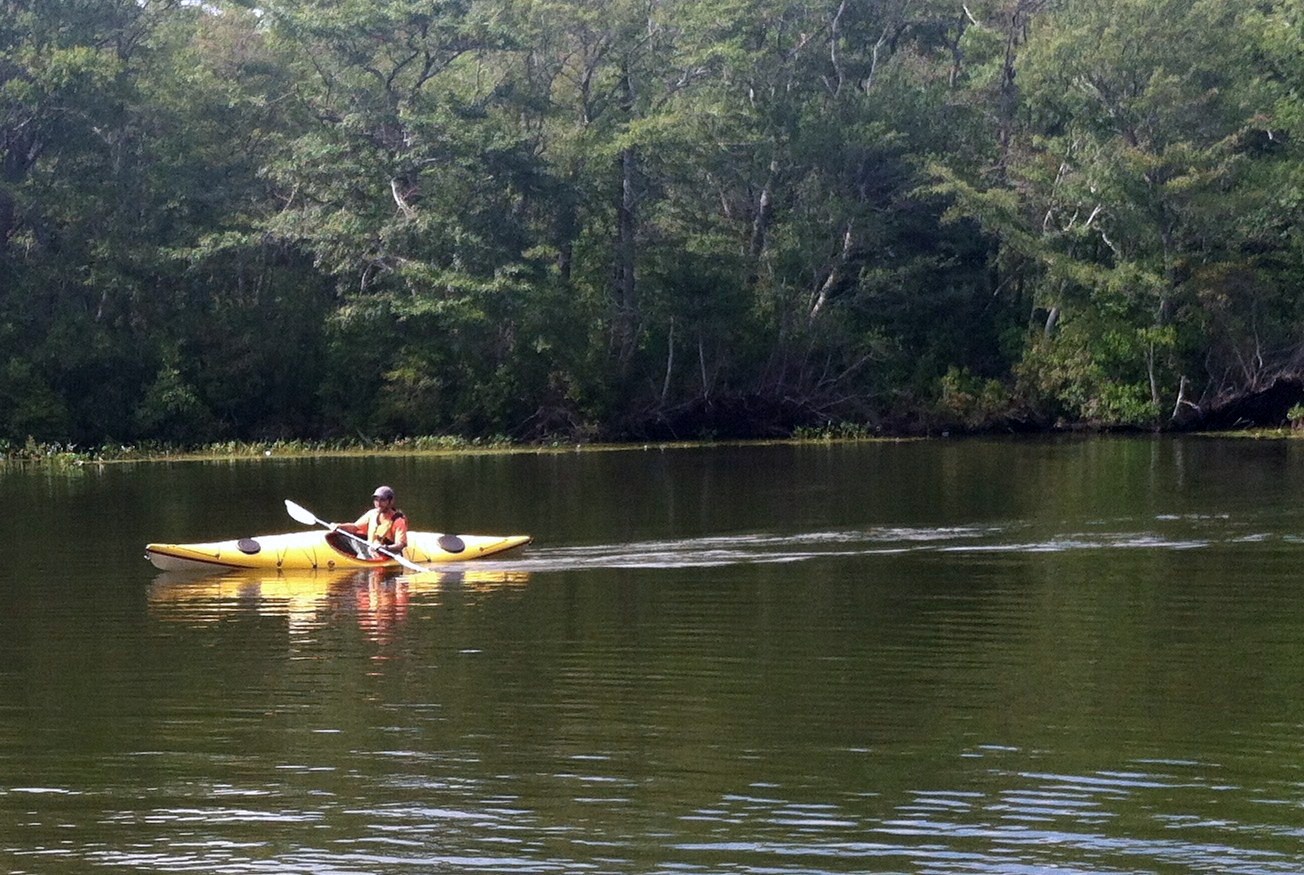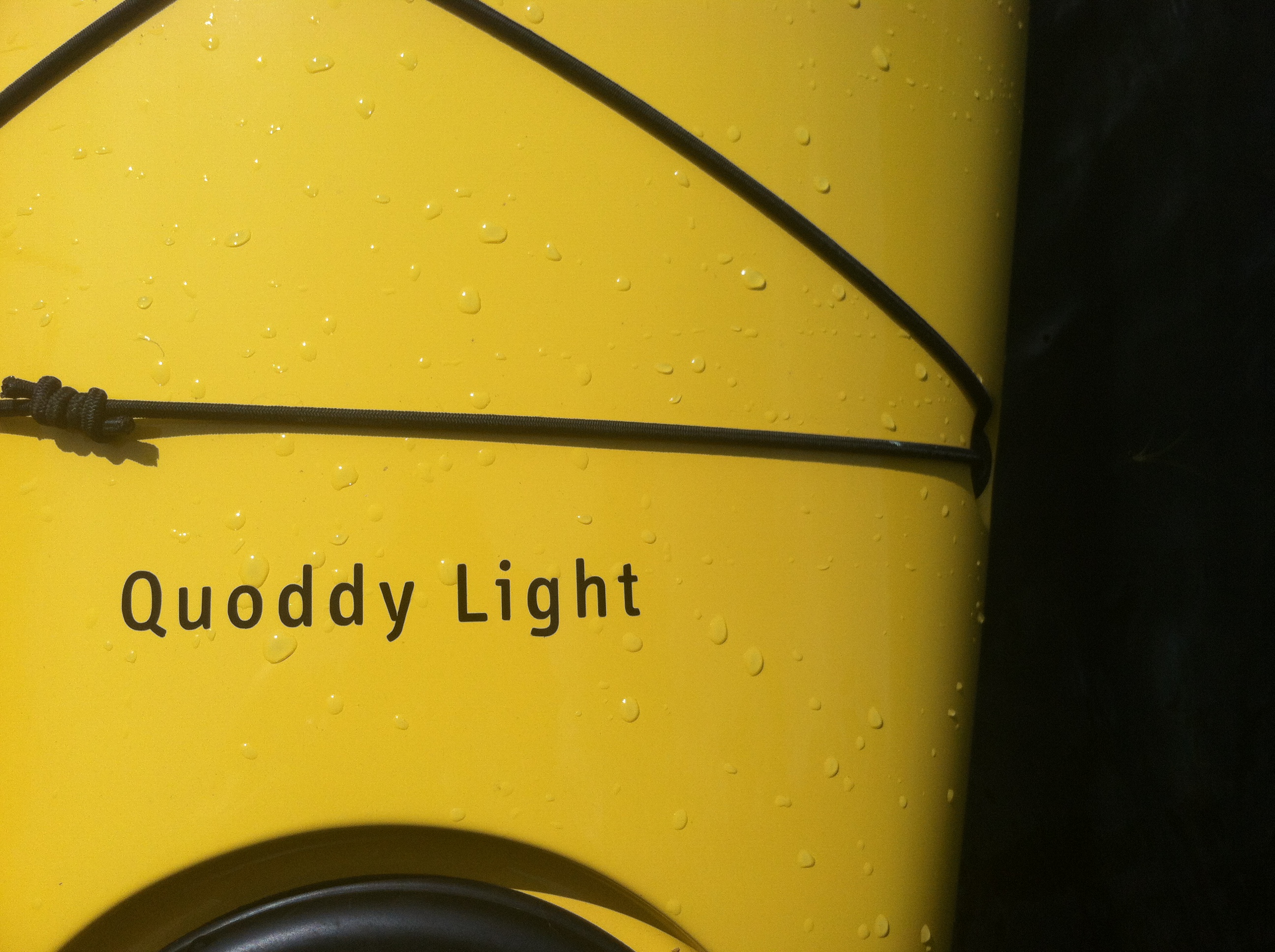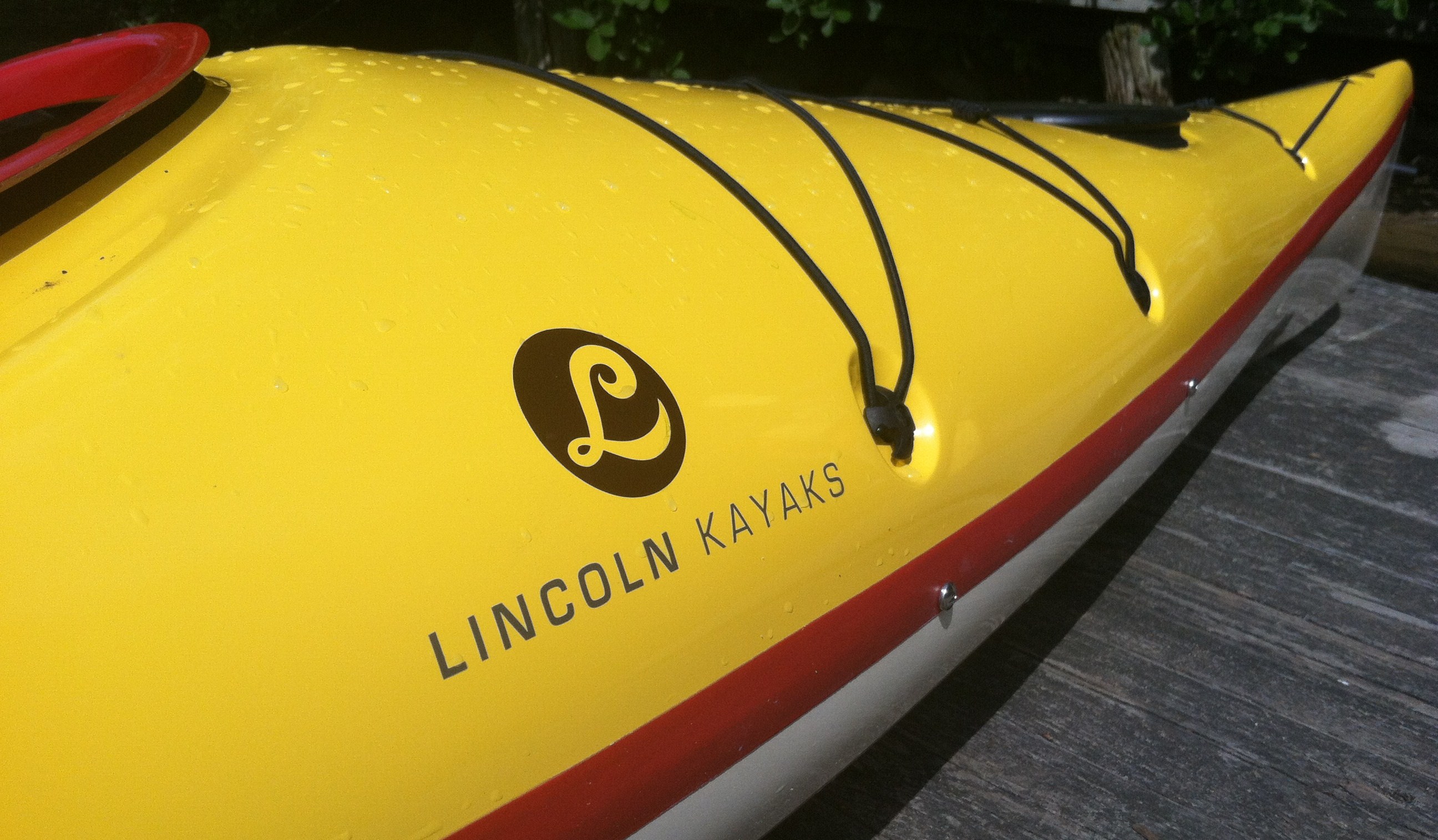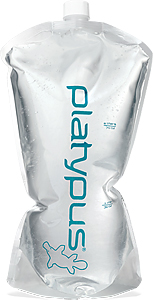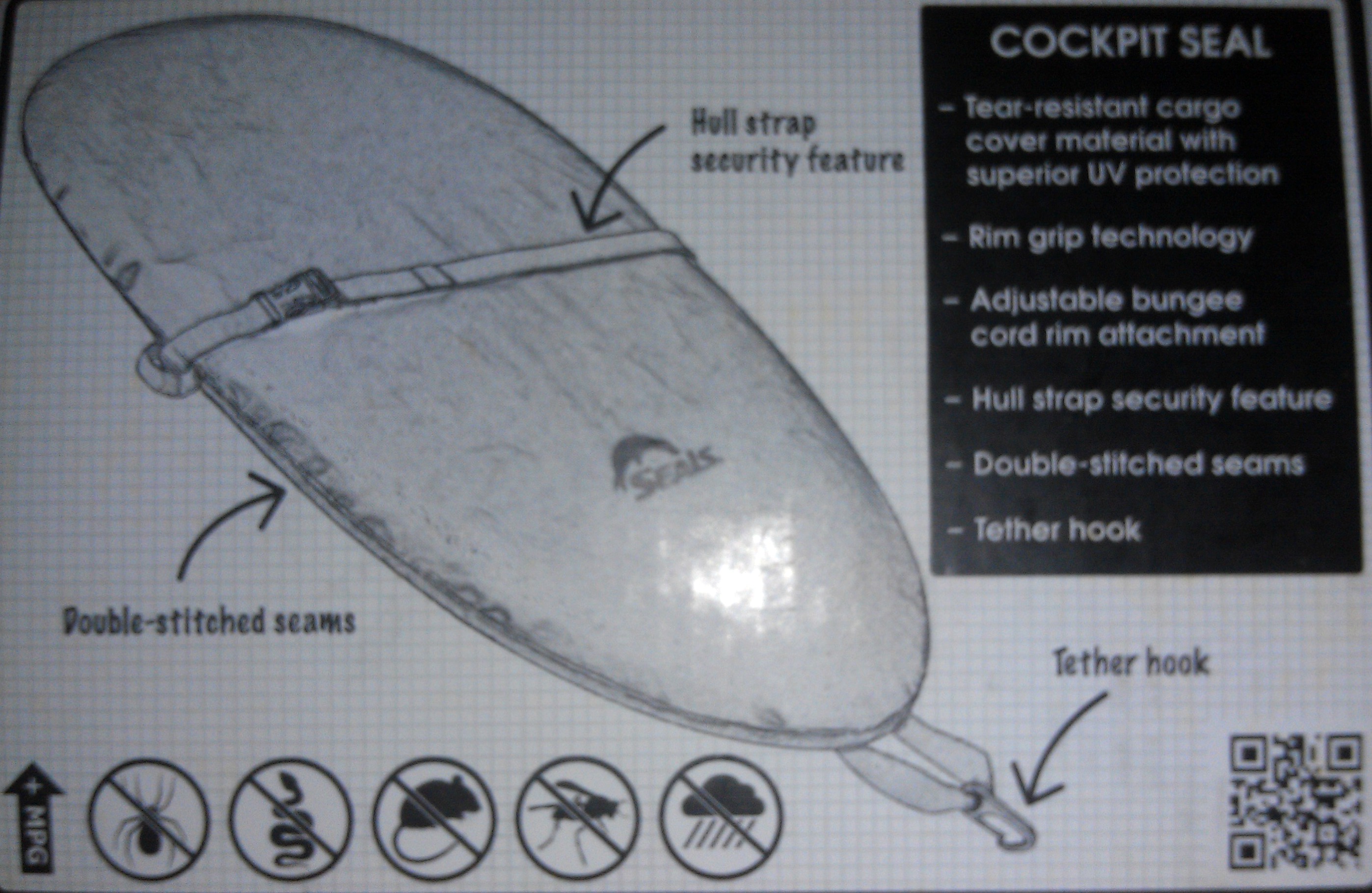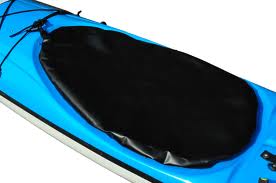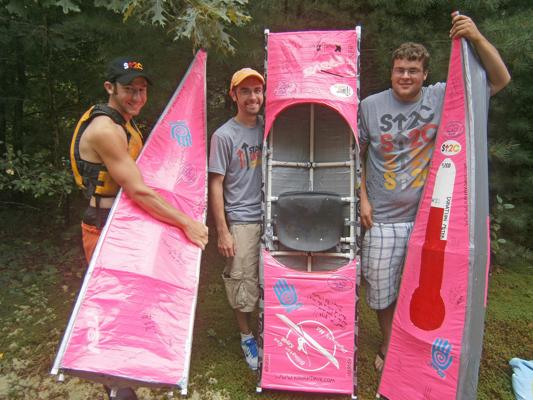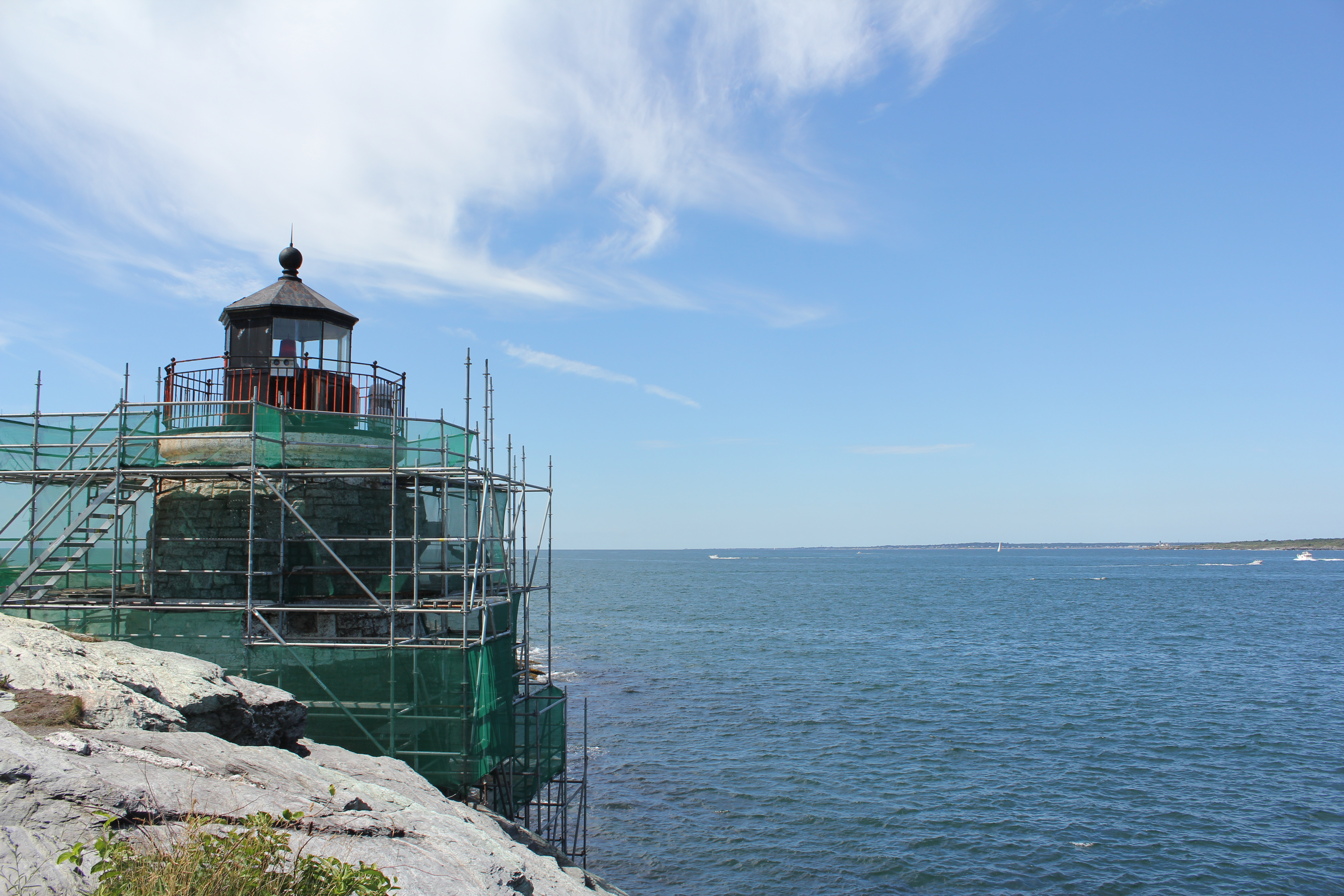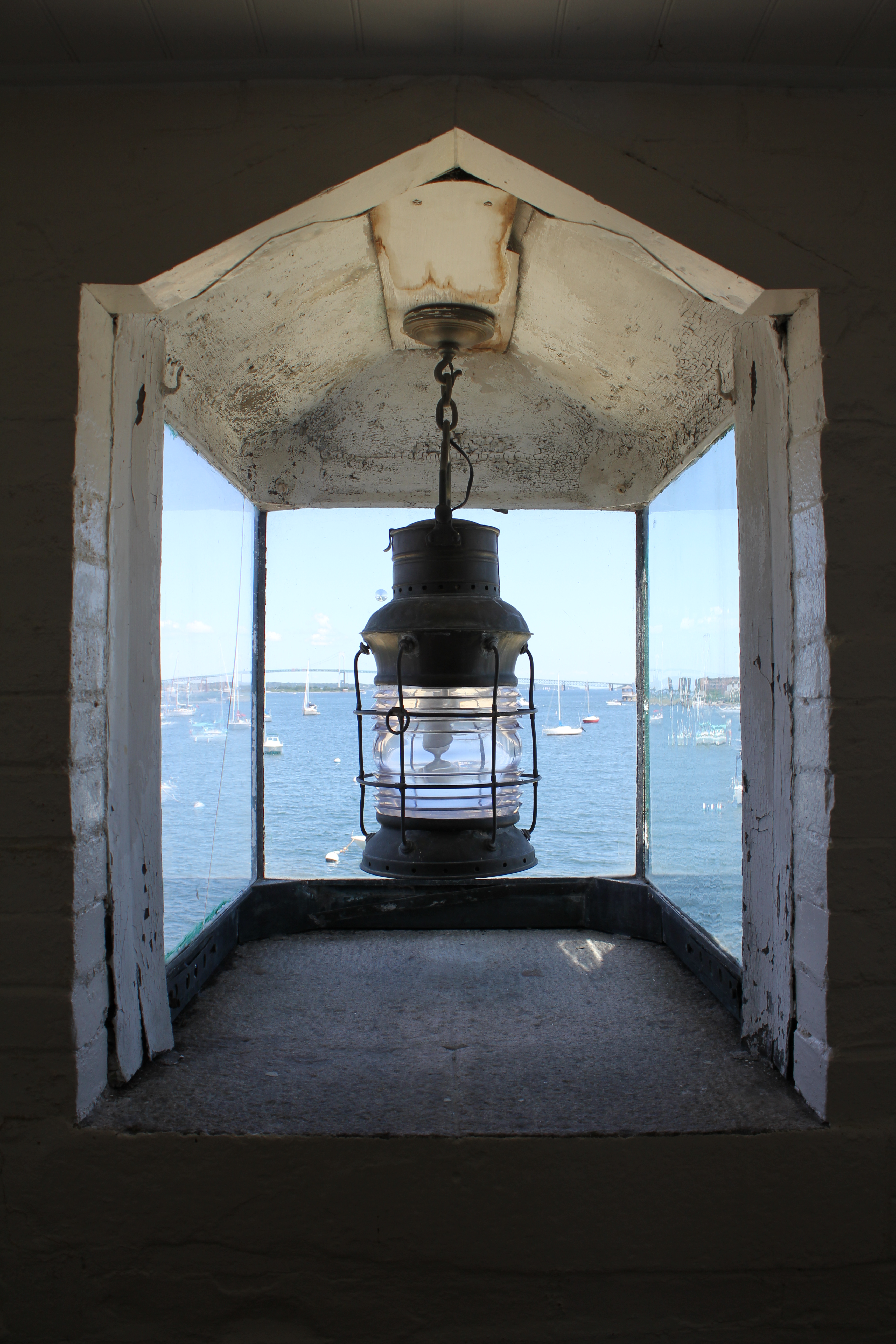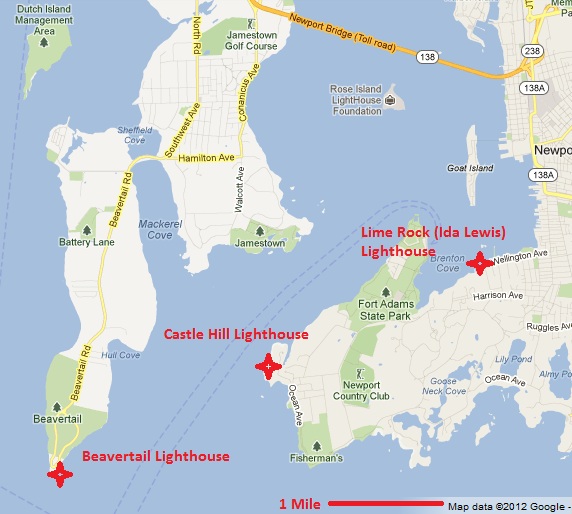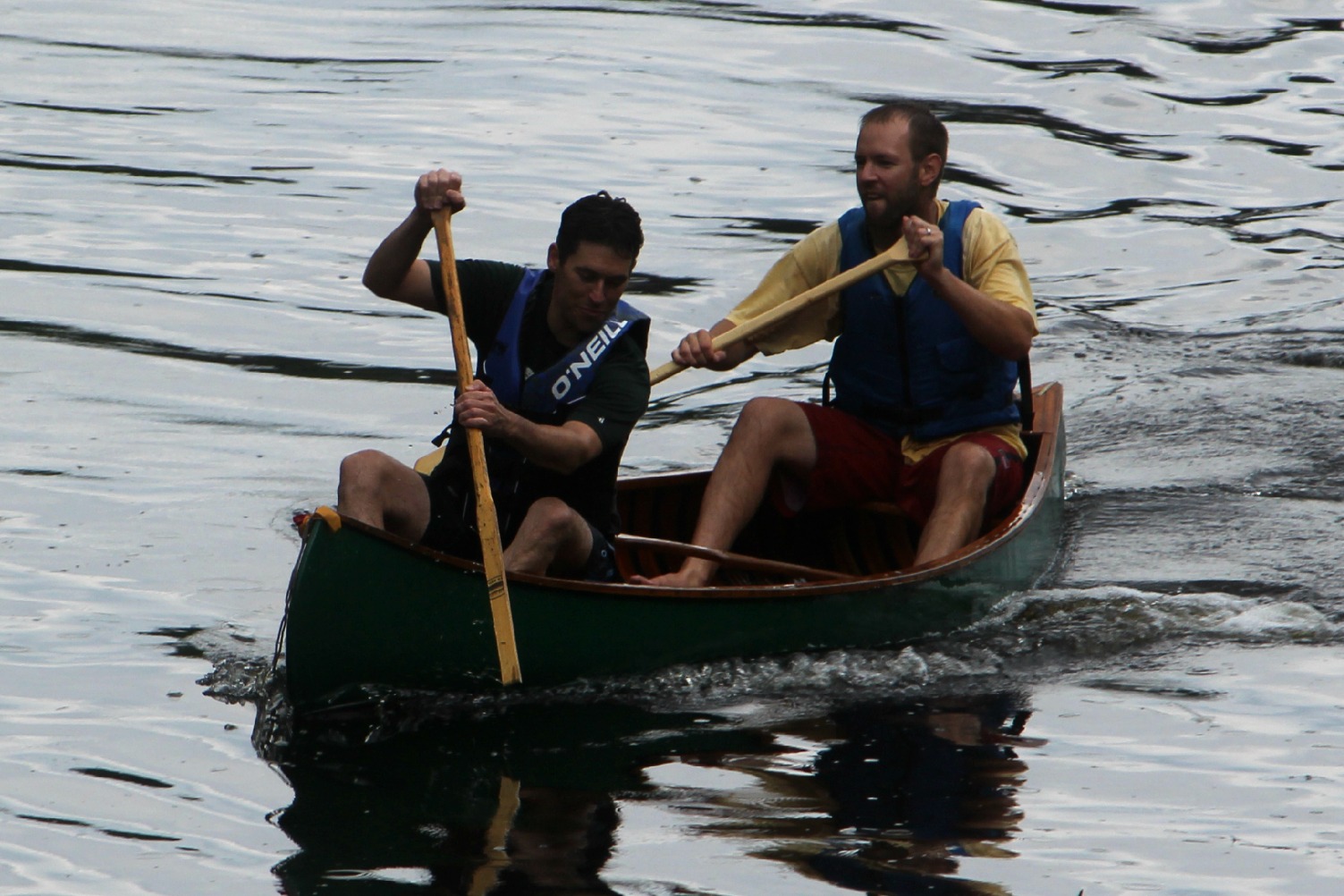The final showdown in our head-to-head comparison of Werner touring paddles will be the Shuna versus the Cyprus. Both of these paddles represent the smaller (with respect to blade area) of Werner’s high-angle touring paddles. The blade area makes these two paddles well suited for smaller paddlers or those looking for a solid stroke with a little less impact. Both paddles feature Werner’s adjustable ferrule system and come in a variety of options (small shaft, neutral-bent shaft, various lengths, ect). Here are the head-to-head deets:
The Shuna:
Layup: Carbon shaft with fiberglass blades (Premium); Carbon shaft with carbon blades (Performance)
Weight: 27.5oz (Premium); 26.5oz (Performance)
Blade Size: 610cm2
Cost (MSRP): $275 (Premium); $350 (Performance)
Feel on the water: The Shuna is Werner’s most popular high angle paddle and it’s easy to see why. After paddling with the larger-bladed Correyvrecken, I was pleasantly surprised by the stability of the Shuna; there was hardly any flutter to speak of! This paddle also provided a reliable brace and oh-is-it-light!
The Cyprus:
Layup: Carbon shaft with carbon performance core blades (Performance Core).
Weight: 24oz
Blade Size: 610cm2
Cost: $400
Feel on the water: The first word that came to mind after paddling with the Cyprus was: efficiency! You can feel the power and stability in this paddle but, unlike the larger-bladed Ikelos, it won’t tire you out. The Cyprus defines smooth transitions, solid braces, and light-weight oh-so-goodness!
The Winner:
This was the closest match-up yet and I feel tempted to call it a tie! It’s like splitting hairs to try to differentiate between the Shuna and the Cyprus when comparing how they feel on the water. On the one hand, the stability of the Shuna’s forward stroke wasn’t compromised by the lack of foam core like the Correyvrecken was in our last match-up. However, one could also make the argument that the foam-core Cyprus provides slightly more reliable brace. To me, they’re both great paddles and in this case I’ll go with the Cyprus for the weight savings!
I hope that you’ve enjoyed our comparison of Werner’s touring paddles! Check back for full reviews of each of these great paddles as they become available!
-Kayak Dave


